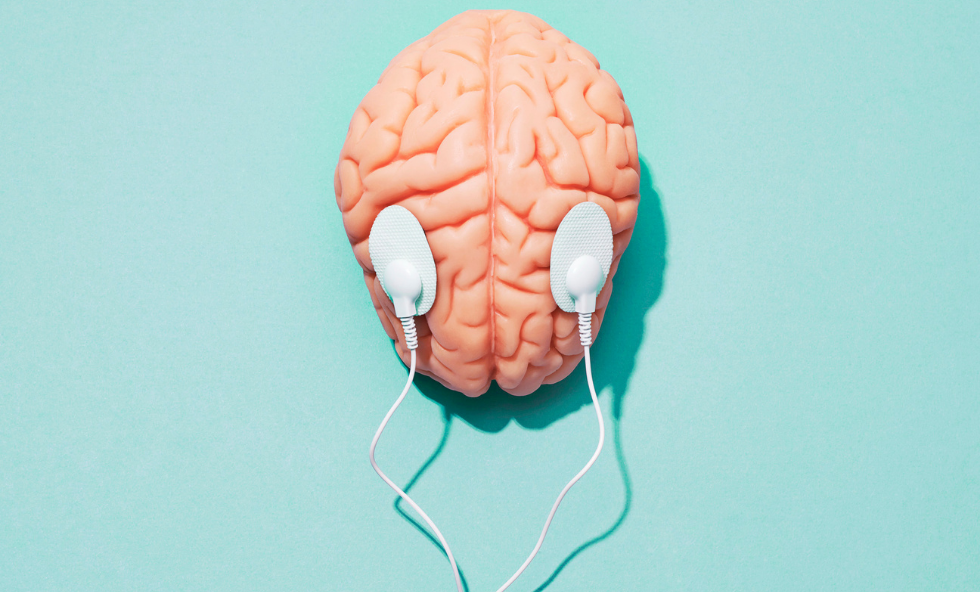In the near future, every patient will have their own genomic profile. Doctors will use that information to customize a treatment plan for each individual. It’s being called personalized medicine — and 2023 is set to be its year of reckoning. The decade will mark a turning point in the way physicians treat their patients. But what are the primary factors driving this change? And what can you do now to prepare? Let’s take a look…
Why Personalized Medicine?
As doctors and medical researchers have learned more about the human body, they’ve come to realize that every patient is an individual — with different genes and different needs. Different treatments can and should be tailored to each person. This personalized approach to medicine has various benefits, including improved treatment outcomes and reduced overall cost of care.
 Source : Google Images
Source : Google Images
There are also ethical concerns raised by the use of personal genetic information. While personalized medicine is still in its early stages, its development has been rapid. In the next decade, the focus will shift to identifying and accepting the long-term changes it will bring.
What will be different in 2023?
The shift to personalized medicine will continue to progress in the years to come as we become more familiar with the human genome and our bodies’ capabilities. The genome, after all, is a blueprint — not an instruction manual. Researchers will continue to develop a better understanding of what’s possible with it. This will give rise to some truly remarkable breakthroughs — including ways to diagnose, treat and prevent many diseases.
With the exponential growth of gene therapy and stem cell research, for example, it’s possible that doctors will soon be able to create new cells to treat certain conditions. They might even be able to create completely new organs — such as the liver or pancreas — for patients who suffer from chronic conditions. But gene therapy might also have some dark side effects, which could make it dangerous to use. And stem cell research has generated both hope and concern, with many wondering what the long-term effects of using these may be.
DNA and voice recognition to diagnose disease
The human genome is a long, complicated sequence of DNA. But doctors can now perform more precise tests that use short snippets of it to predict a patient’s risk of developing certain diseases. These tests are still in the early stages, but they are likely to become more accurate in the years ahead. This will allow doctors to identify patients who are at higher risk of developing certain diseases and offer preventative treatment.
 Source : Google Images
Source : Google Images
You may one day be able to upload your genome sequence to a device that creates a digital avatar of yourself. Then, when you experience symptoms of a disease, the device could send an alert to your doctor. Other diseases may one day be detected by analyzing your voice or writing style. If a certain pattern emerges, your doctor could be alerted to the possibility of a disease.
Artificial intelligence and robotics to treat disease
Biotechnology will continue to advance at a rapid pace, with artificial intelligence playing a key role. AI has been used to examine millions of genetic variations and generate new treatments. It could also be used to identify the optimal treatment for individual patients — especially in the long term. Robotics will also continue to improve.
They’re already used to help with complex surgeries and post-operative care, but they’ll become even more powerful as they gain access to the full power of the human genome. In the future, you may be able to have an AI inject your DNA with a certain gene to help prevent a disease or repair damaged DNA.
Bioterrorism and harmful drugs
Direct-to-consumer genetic tests are often seen as a way to combat the misuse of gene therapy. But genetic information also has uses in bioterrorism — including the development of biological weapons. Some researchers are concerned that a terrorist group might attempt to use this information to harm its own countrymen. That could include intentionally spreading a dangerous viral infection or misusing a harmful drug.
 Source : Google Images
Source : Google Images
Genetic information could also be used to identify victims of abuse or exploitation by predators. These individuals could be subject to genetic screening — and banned from obtaining certain jobs or purchasing certain products in the future. These are some of the ways the misuse of genetic information could be harmful. But it’s likely that many of these applications will prove to be relatively harmless — at least for the next few decades.
The future of healthcare and the bottom line
By 2023, the healthcare system will look drastically different from what it does today. Doctors will have access to more comprehensive health information through AI and wearable devices. And genomic testing will give them a better understanding of individual patient’s needs and future health risks. This will lead to more personalized care and potentially lower costs for insurers and patients.
In the future, you may be able to pay for your healthcare based on your genomic information. And you may be able to receive treatment based on your genes — or just pay a small fee to have your genome analyzed. The healthcare system will also be more technologically advanced. Your smartphone may let you access your healthcare information and share genetic information with your doctor. And gene therapy and artificial intelligence will likely lead to a decline in the number of surgeries.





